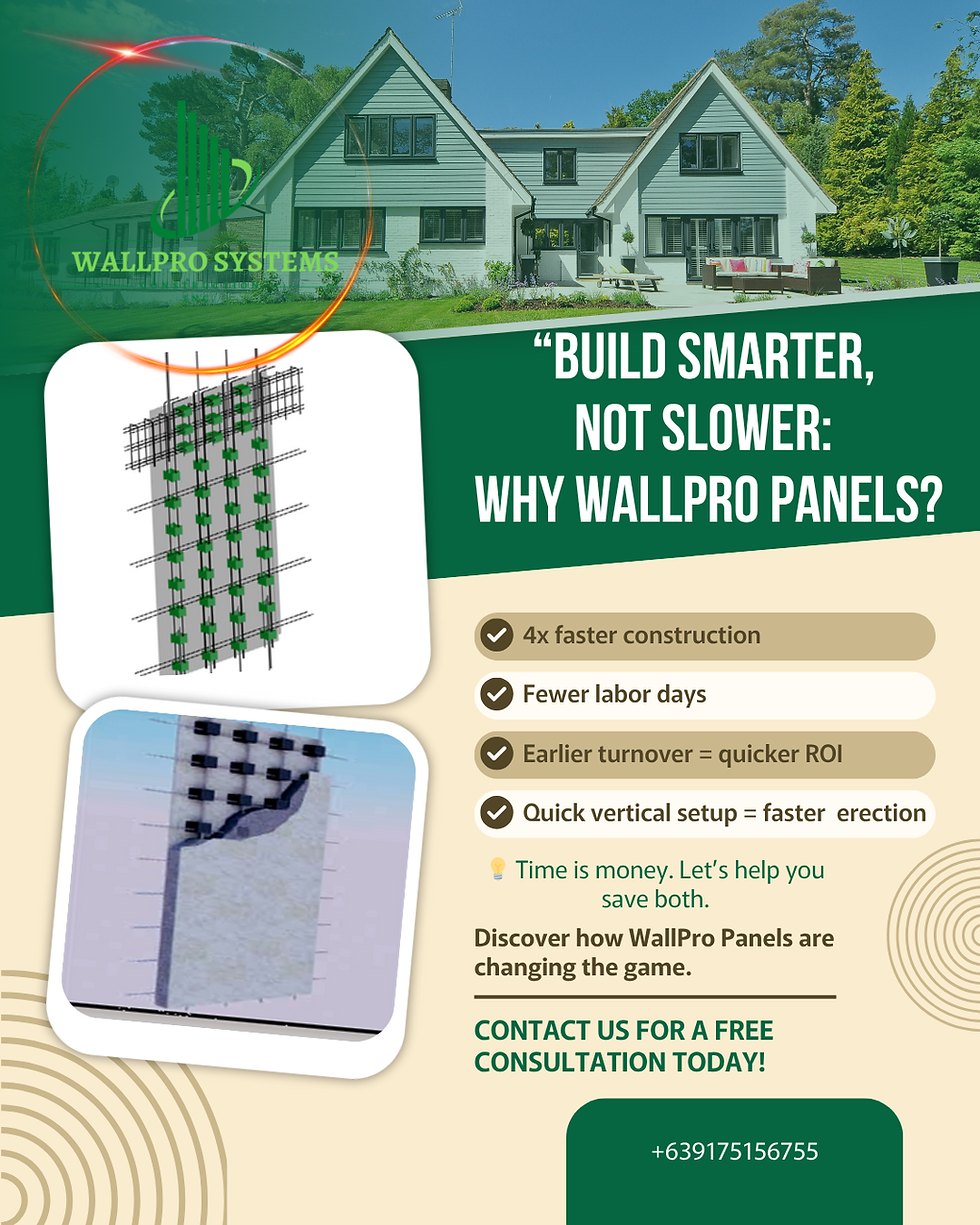Are you a lot owner in Cagayan de Oro looking to build your dream home without overspending? With smart planning, innovative materials, and budget-conscious construction methods, your ₱3M can go further than you think.
At WallPro Systems and Construction, we specialize in cost-efficient home designs using our advanced WallPro Panel Systems—a faster, stronger, and more affordable way to build. From design to delivery, we help you maximize every square meter of your lot while staying within your budget.
✅ Custom floor plans tailored to your needs
✅ Fast build time with less labor and waste
✅ Pag-IBIG and bank loan-ready home construction
✅ Ideal for small to medium-sized lots in CDO
📸 Want to see what a ₱3M home looks like?
📩 DM us or comment “PLAN” to get sample layouts and real project photos!
Let’s turn your lot into a beautiful, lasting home—without breaking the bank.


